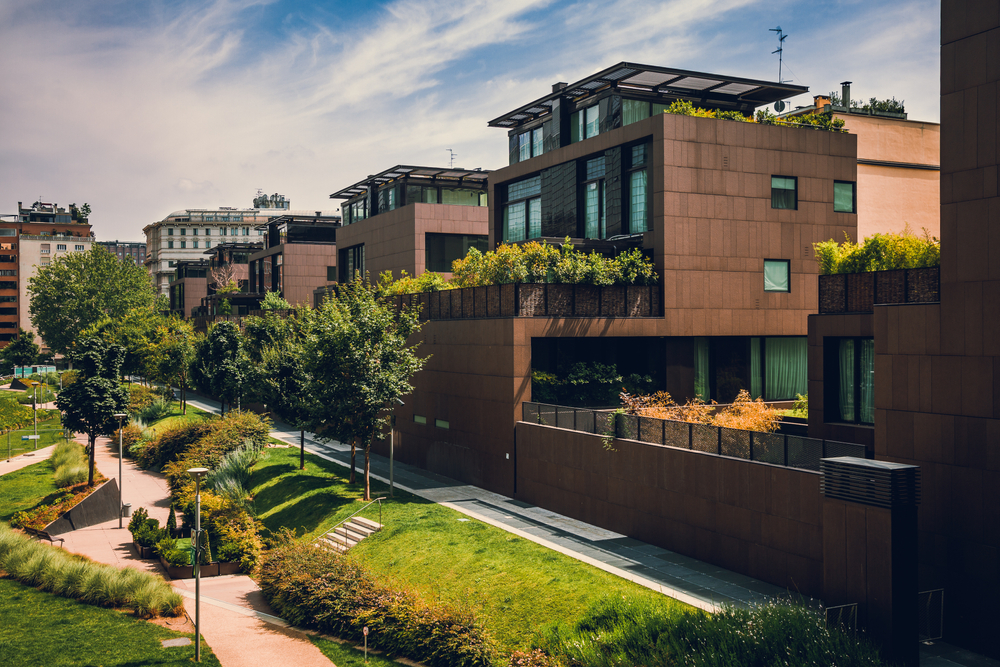The Emergence of Green Urbanism: An Unforeseen Shift in Urban Planning
As cities continue to grow and evolve, a new phenomenon is taking root—Green Urbanism. This unique blend of urban planning and environmental consciousness is reshaping our urban landscapes. Read below to explore this fascinating trend, its historical context, and its potential implications for our future.

A Historical Overview of Green Urbanism
In the past, cities were primarily designed around industrial purposes. However, the environmental movement of the 1960s and 70s began challenging this model, sparking interest in sustainable urban planning. This gradually evolved into the concept of Green Urbanism, which champions environmentally friendly practices in urban development.
The Underlying Principles of Green Urbanism
The principles of Green Urbanism are founded on the idea of reducing the environmental impact of urban areas. This involves sustainable architecture, green spaces, renewable energy sources, and efficient waste management systems. These principles are not simply about adding green spaces to cities, but about creating urban environments that work in harmony with nature.
The Impact of Green Urbanism on Modern Society
The impact of Green Urbanism is profound and far-reaching. It not only helps to preserve the environment, but also improves the quality of life for city dwellers. Green spaces can help to reduce stress levels, while sustainable architecture can lead to healthier indoor environments. Furthermore, environmental initiatives can foster a sense of community, encouraging residents to take a more active role in their city’s development.
The Challenges and Opportunities of Green Urbanism
Like all societal shifts, Green Urbanism presents both challenges and opportunities. It requires significant investment and planning, and there can be resistance from stakeholders who are accustomed to traditional urban development models. However, the potential benefits are considerable. Green Urbanism can lead to healthier, happier cities, and is also a powerful tool for combatting climate change.
The Future of Green Urbanism
As awareness of environmental issues continues to grow, it is likely that Green Urbanism will become an increasingly important part of urban planning. While the specifics will vary from city to city, the underlying principles of sustainability and environmental responsibility are likely to shape the future of urban development.
In conclusion, Green Urbanism represents a significant shift in our approach to urban planning. It is a movement that is still in its early stages, but its potential is vast. As we continue to navigate the challenges of urban growth and environmental sustainability, Green Urbanism offers a promising path forward.




